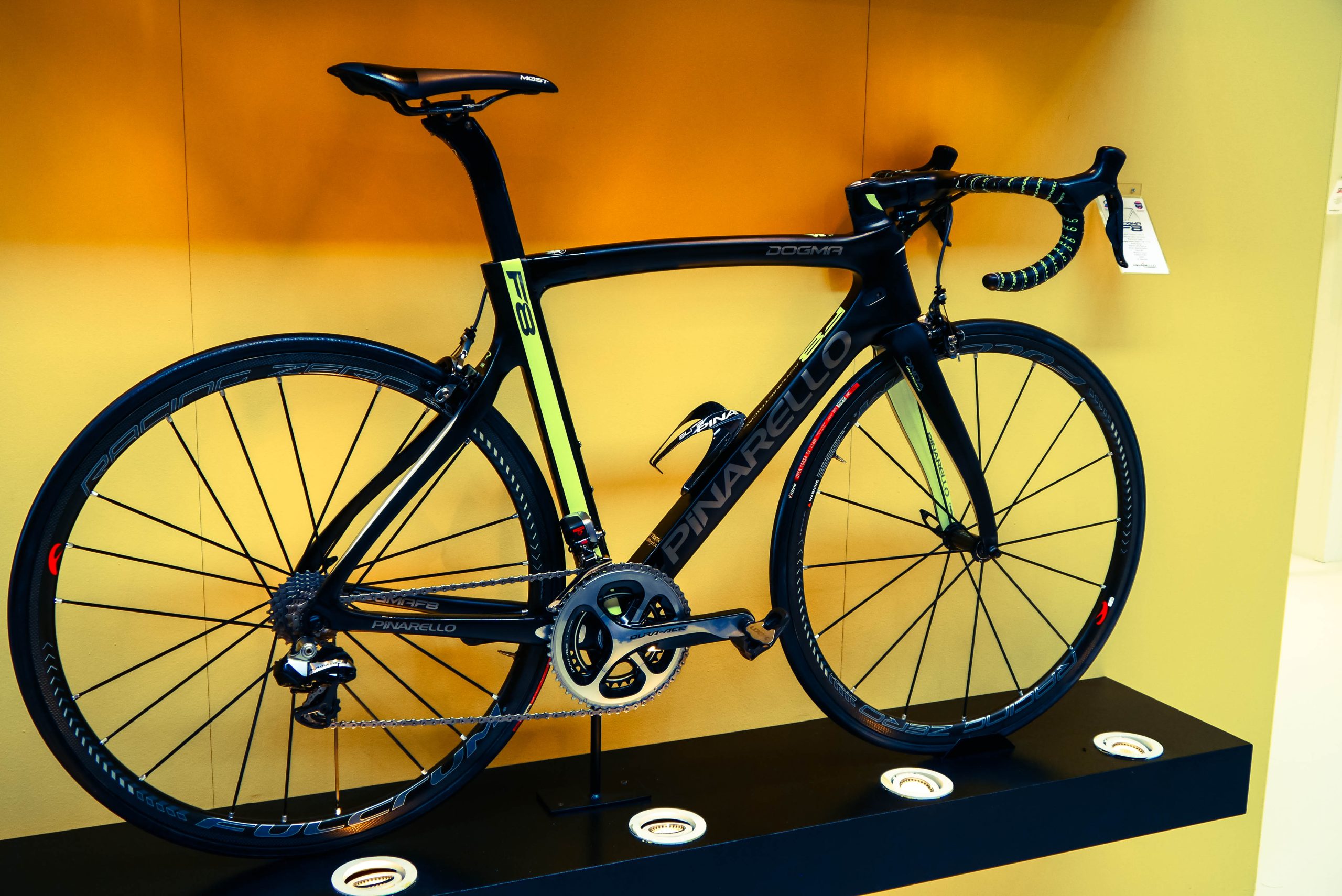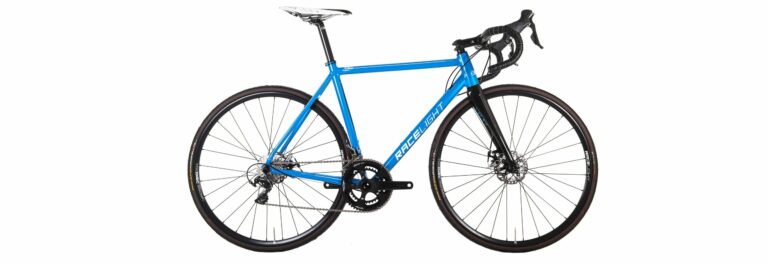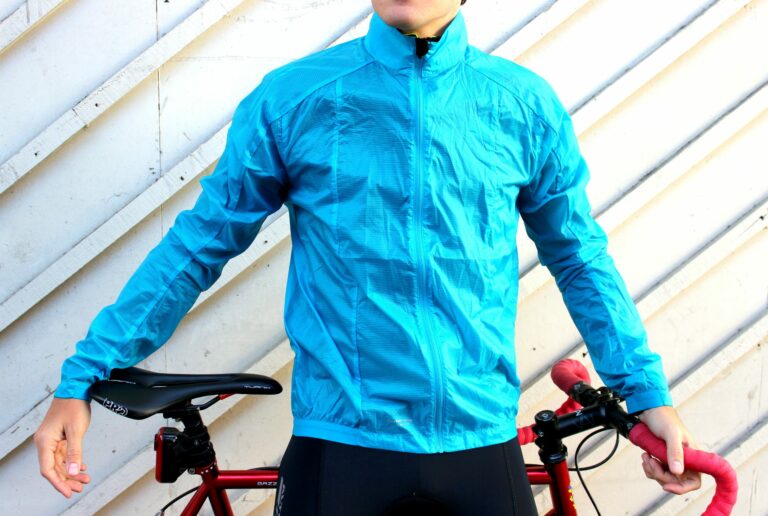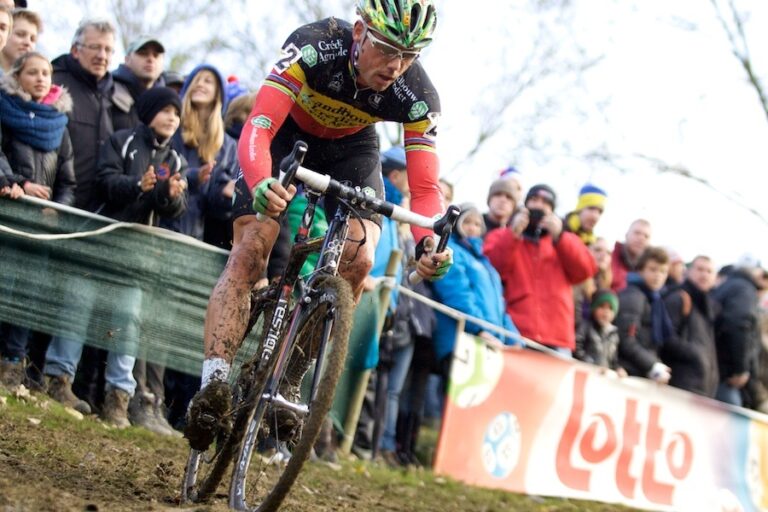With three Tour de France wins in the last four years and more than ten in total (largely depending on how you feel about Bjarne Riis and Jan Ullrich), you could be forgiven for thinking that Pinarello only make a few top line bikes.
This’s not the case. In reality their range is huge, spanning everything from entry-level alloy frames all the way up to Sky’s aero race machine, the Dogma F8. In fact, you can even pop into Halfords and buy yourself a bike from the lower end of Pinarello’s range these days, something that would have seemed unimaginable only a few years ago.
And the great thing about that accessibility is that whether you want to channel your inner Froome and grab yourself an F8 or simply want a bike but would like ‘Pinarello’ on the downtube, there really is something for everyone, whether it’s the F8, the new Gan line-up of more affordable race bike, a sportive machine, or even a gravel bike.
Anyway, enough of that. Here’s the low down on the 14 bikes in Pinarello’s 2016 range…
Pinarello Dogma F8
Replacing a bike as successful as the Dogma 65.1 Think 2 on which Sir Bradley Wiggins won the 2012 and Chris Froome secured his first victory in 2013 was never going to be easy, but Pinarello went back to the drawing board with input from Team Sky and Jaguar and designed yet another Tour de France-winning ride in the Dogma F8.
Pinarello claim the F8 is the benchmark for road bikes (because it would be silly to claim otherwise), and reckon that their newest ride is 12 per cent stiffer, 16 per cent ‘more balanced’ (though we still haven’t worked out that means) and 47 per cent more aerodynamic than the Dogma 65.1. It’s also dropped 120g off the 65.1’s weight, bringing it down to 860g for a 54cm frame.
Some of the fundamentals of the Dogma 65.1 have stayed, though, notably the Think 2 system, Pinarello’s answer to the problem of routing both mechanical and electronic groupsets on the same frame. The adapter system means you’re not struggling to adapt one to the other, and can run either a mechanical or electronic without any problems on the F8.











